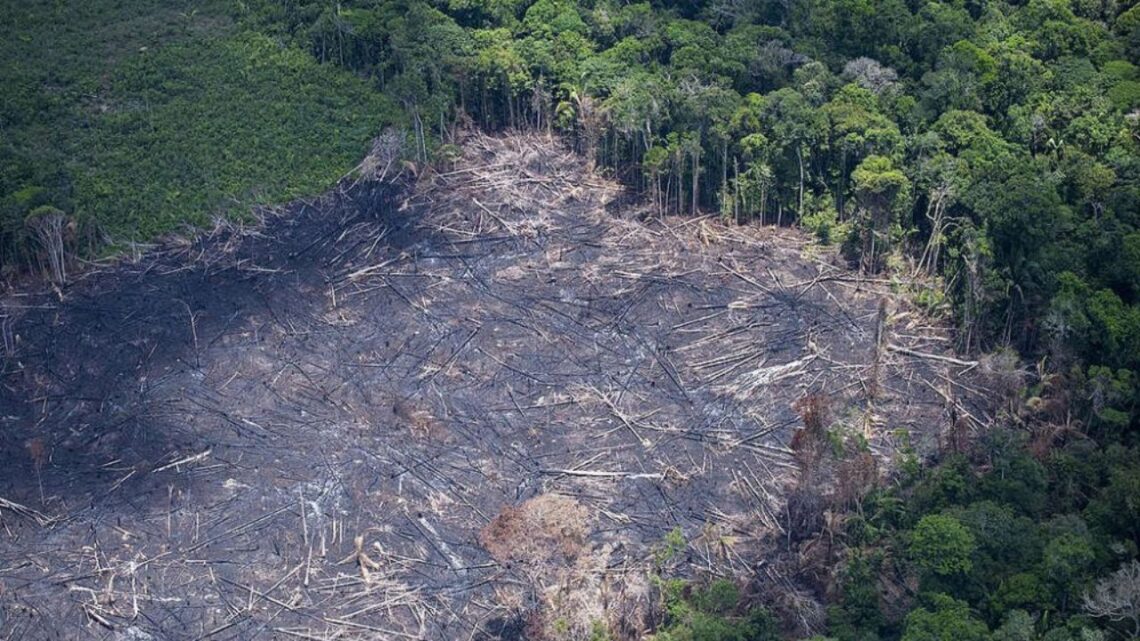Deep in the lungs of South America lies the Peruvian Amazon — a region now experiencing alarming shifts in how gold mining operates and how deforestation is spiraling.
The latest data from the Monitoring of the Andes Amazon Program (MAAP) paints a troubling picture: mining is no longer confined to traditional hotspots but is spreading into new territories and waterways, leaving scars on forests, rivers, and Indigenous lands.
In this article, we explore the emerging mining trends, the scale of deforestation, regional contrasts, and what’s at stake. We’ll present a clear data table, examine new threats, and answer key questions. Let’s dive in.
New Mining Patterns: North vs. South Peru
1. Geographical Shift in Mining Fronts
Traditionally, Madre de Dios in southern Peru was the epicenter of illegal gold mining. But now, mining is spreading into central and northern departments such as Huánuco, Ucayali, Loreto, Amazonas, and Cajamarca.
- In northern regions (Amazonas, Cajamarca, Loreto), mining is becoming river-based, using dredges in rivers and streams.
- In southern and central regions (Madre de Dios, Cusco, Huánuco, Pasco, Puno), mining is mostly terrestrial, involving forest clearing and land infrastructure.
This contrast underscores a dual strategy: using waterways where forests are dense and law enforcement thin, and land operations where infrastructure already exists.
2. Technology & Surveillance
MAAP now uses AI-powered satellite image analysis through tools like Amazon Mining Watch to monitor annual and cumulative mining deforestation in near real time. This enables spotting new mining fronts as they emerge, especially in remote regions.
Scale of Deforestation & Mining Activity
Below is a table summarizing key statistics (up to mid-2025) on deforestation, mining infrastructure, and river dredging.
| Region / Metric | Deforestation (hectares) | Mining Infrastructure / Dredges | Notes |
|---|---|---|---|
| National Total | 139,169 ha | — | Between 1984 and first half of 2025 |
| Southern Peru (Madre de Dios, Cusco, Puno) | ~ 137,558 ha | Over 2,000 mining infrastructure units in Madre de Dios | ~98.7% of national deforestation from mining |
| Central Peru (Huánuco, Pasco, Ucayali) | ~ 1,320 ha | 26 dredges in Aguaytía River | Forest loss in Indigenous, buffer zones |
| Northern Peru (Amazonas, Cajamarca, Loreto) | ~ 491 ha | 989 dredges in Loreto alone | Clearing near rivers and in Indigenous communities |
| Rivers / Water Bodies Affected | — | Mining barges in ≥ 14 rivers | Most notably Chinchipe (Cajamarca), Marañón (Loreto/Amazonas) |
These figures reveal that while southern Peru still bears the brunt of mining deforestation, new fronts in central and northern zones are expanding rapidly — particularly via rivers.
Drivers & Dynamics Behind the Trend
1. Rising Gold Prices & Profit Incentives
As gold prices soar globally, miners find ever more incentive to expand into remote regions. This encourages riskier operations, including river dredging in untouched zones.
2. Organized Crime & Transnational Networks
Criminal groups from Colombia and Ecuador, for instance, are reportedly collaborating in northern Peru, controlling mining routes and laundering profits. In some cases, these groups wield violence and coercion to dominate mining zones.
3. Weak Enforcement & Policy Gaps
Peru’s Operation Mercury (2019) did temporarily curb mining in Madre de Dios, with reductions of up to 78% in some sites. But the gains were not sustained—miners returned to the region.
Moreover, traceability systems for gold are weak, and small-scale or artisanal mining often evades environmental oversight.
4. Ecological Barriers to Recovery
Even after mining ceases, forest recovery is hindered. In Madre de Dios, post-mining areas show altered soils and hydrology that prevent natural regrowth. The topsoil is stripped away; water retention declines.
Regional Snapshots & Urgent Hotspots
- Loreto (North): 989 dredges recorded between 2017–2025. The Nanay River and Marañón River are especially targeted.
- Huánuco (Central): The Puerto Inca province is a major deforestation hotspot (≈ 97% of central mining loss).
- Madre de Dios: The region remains the heaviest hit — ~135,939 ha of deforestation. Over 2,000 mining units documented.
In recent months, evidence of violence has surged: in Pataz (northern Peru), 13 miners were murdered and the government imposed a 30-day suspension on mining.
Impacts: Environmental, Social, Health
- Forest Loss & Biodiversity Threats: Vast tracts of Amazon forest are cleared, threatening habitat connectivity and species diversity.
- Mercury Contamination: Dredging uses mercury to separate gold, poisoning water, fish, and human food chains.
- Social Fronts: Indigenous communities are displaced, losing land and access to clean water. Conflicts over territory escalate.
- Illegal Trade & Money Laundering: Many mining profits evade regulation and taxation through shell companies and cross-border networks.
- Health Crisis: Mercury exposure can lead to neurological damage, especially among children and pregnant women.
Inside Peru’s Amazon, a new and ominous chapter is unfolding. Mining is no longer confined to the south — it’s pushing into the northern and central Amazon, exploiting rivers and remote forests.
The scale is staggering: 139,169 hectares of deforestation to date, thousands of dredges, criminal corruption, and fragile ecosystems under dire threat.
This is not just an environmental crisis but a social, health, and governance crisis. Unless Peru strengthens traceability, steps up on-the-ground enforcement, and supports ecological restoration, the Amazon’s future looks bleak.
